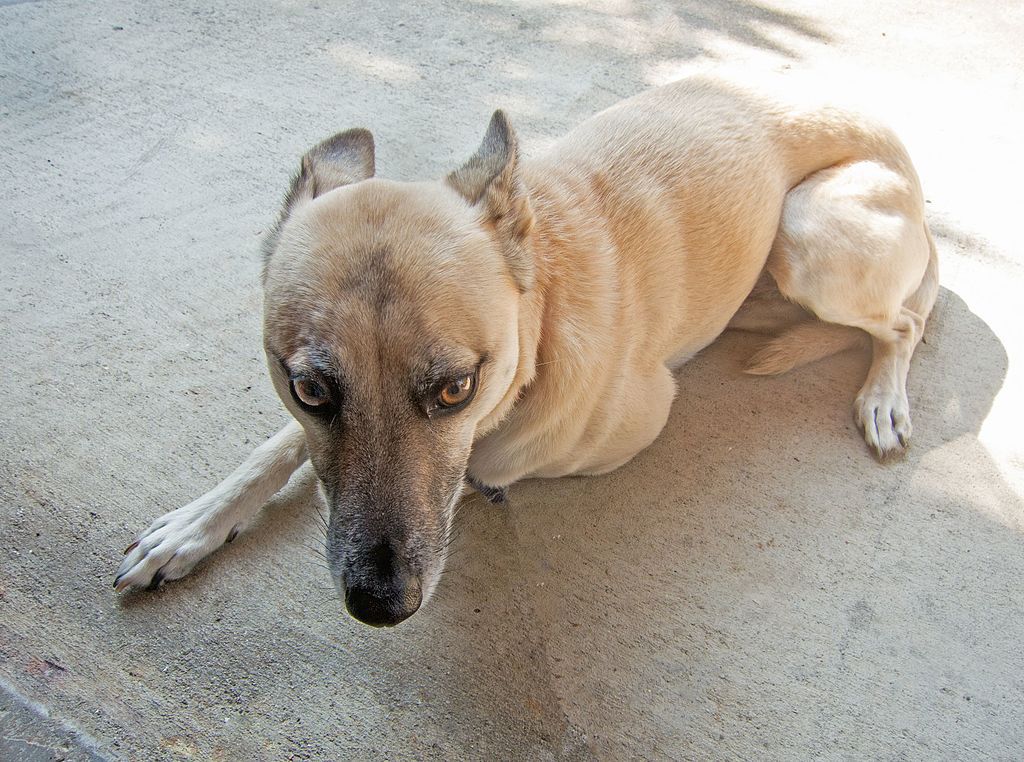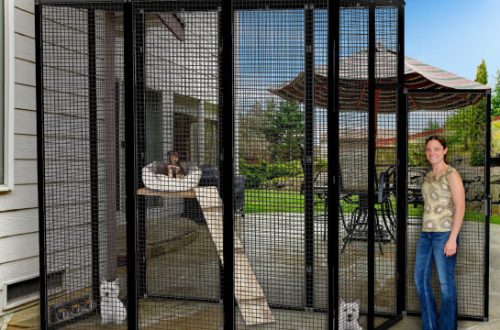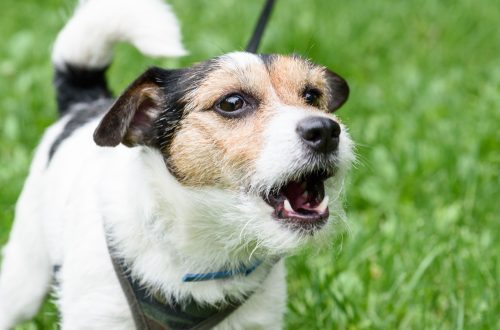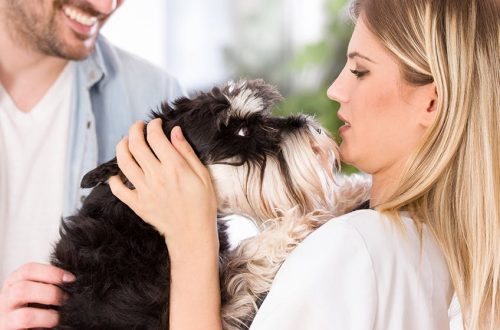
The dog is afraid of the street. What to do?

Fear, both in humans and animals, is the body’s reaction to a certain stimulus. It is not difficult to notice that a dog is afraid of something: her tail is tucked up, her paws are half bent, her body is trembling, her ears are pursed, the pet constantly looks around and tries to hide in a secluded place – all this indicates a problem. It is necessary to begin the fight against fear by establishing the cause of its occurrence.
A pet can be afraid of everything: from car headlights and traffic lights to rustling garbage bags and passing cyclists. There are even situations when the dog is afraid to walk on the street at night, but quite calmly does it during the day. The task of the owner is to understand what exactly scares the pet.
Causes of fear of going out:
Negative experience. Very often, fear is associated with a sad experience. For example, a dog was hit by a car or hit hard by a passerby. Most often this is faced by owners of animals from shelters.
Insufficient socialization. The reason for the fear of the street may be insufficient or absent socialization. If the owner did not go outside with the pet, did not introduce the outside world, the dog is unlikely to be free to go for a walk.
Weather. Dogs, like people, love comfortable weather for walking. Some pets, for example, will prefer to wait out the rain in the apartment, others will not stick their nose out in the heat.
Health problems. It is impossible to exclude the option of a pet illness. These can be pains in the musculoskeletal system, hearing, vision or, for example, smell impairment. In this case, the dog may feel especially uncomfortable on the street, not safe.
Weak nervous system.It also happens that the pet has a weak nervous system. Therefore, he reacts too sharply to extraneous noises, smells and situations that are new to him.
If the dog does not want to go out because he does not like the weather, the solution is simple – postpone the walk. If the problem is deeper and the dog is afraid of the street due to insufficient socialization or negative experiences, then the help of a specialist zoopsychologist will most likely be needed. Especially when it comes to an adult dog. The owner is unlikely to be able to work through the injury on his own, and aggravating the situation is as easy as shelling pears.
Counterconditioning can help you deal with singular fears, such as cars, traffic lights, or loud noises.
How can you help your dog overcome fear?
When the dog is in a panic state, hides behind you, pulls the leash towards the house, in no case should you caress it, stroke it and lisp with it. For the animal, these signals are behavioral approval, not consolation.
Try to distract your pet from what is happening. This can be done with treats or games. If the dog responds better to food, it is preferable to give a soft treat rather than a chewy one. For entertainment, take your favorite toys for a walk.
When the dog begins to move independently, dares to go forward, praise him. This is where positive reinforcement is needed.
Do not be nervous, do not yell at the dog, be as relaxed and calm as possible. You are the pack leader who keeps the situation under control. Show your pet that there is no danger and no reason to worry either.
When your pet is nervous, do not try to get him to follow commands. Try to draw attention to yourself using only the pet’s name.
In the fight against the fears of the dog, the most important thing is patience and perseverance. As a rule, this process takes more than one day, and its success largely depends on the owner himself, his mood and willingness to help his pet.
January 11 2018
Updated: October 5, 2018





